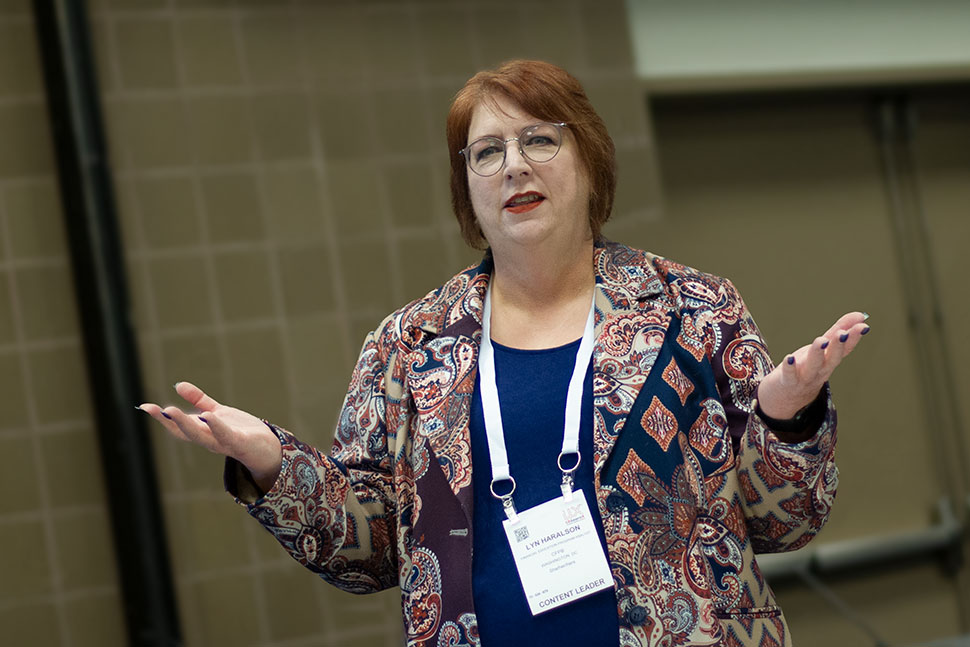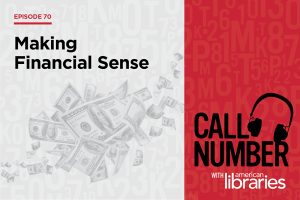
How do you talk to kids about personal finance?
“It’s an ever-evolving process,” Lyn Haralson told attendees at “Building Youth Financial Capability through Storytime,” a January 28 program at the American Library Association’s 2023 LibLearnX conference in New Orleans.
Haralson, a financial education program analyst at the Consumer Financial Protection Bureau (CFPB), discussed the Money as You Grow resources and book list that her agency has made available for caregivers and the Youth Financial Education webpage for teachers and librarians who want to help youth with their current and future financial well-being.
As defined by the CFPB, financial well-being is a state in which a person can fully meet current and ongoing financial obligations, feel secure in their financial future, and make choices that allow them to enjoy life. To do this, adults should work to improve kids’ financial capability, which is built on executive functioning, financial habits and norms, and financial knowledge and decision-making skills.
For starters, Haralson says parents can teach younger children how to sort and identify coins. Kindergarteners can be taught about basic spending plans and families can have conversations with teens about the expense of having their own cellphone, she says. “It teaches them to shop around to different plans and discover what works,” she says.
Haralson noted that students who are Black, Brown, and from lower socioeconomic backgrounds perform worse on financial literacy assessments than their peers. Additionally, many students from low-income families have not considered the expense of college because “the thought of them asking [their caregivers] for something this expensive is off the table,” she says. Having conversations with students about college earlier than high school and directing them to a financial aid calculator can help them prepare for the expenses they anticipate on the way to their career path.
What’s key to remember, Haralson says, is that talking about finances should be a part of everyday life and can happen at almost any age. “We believe it can be embedded in any subject in the [K–12] curriculum.”


